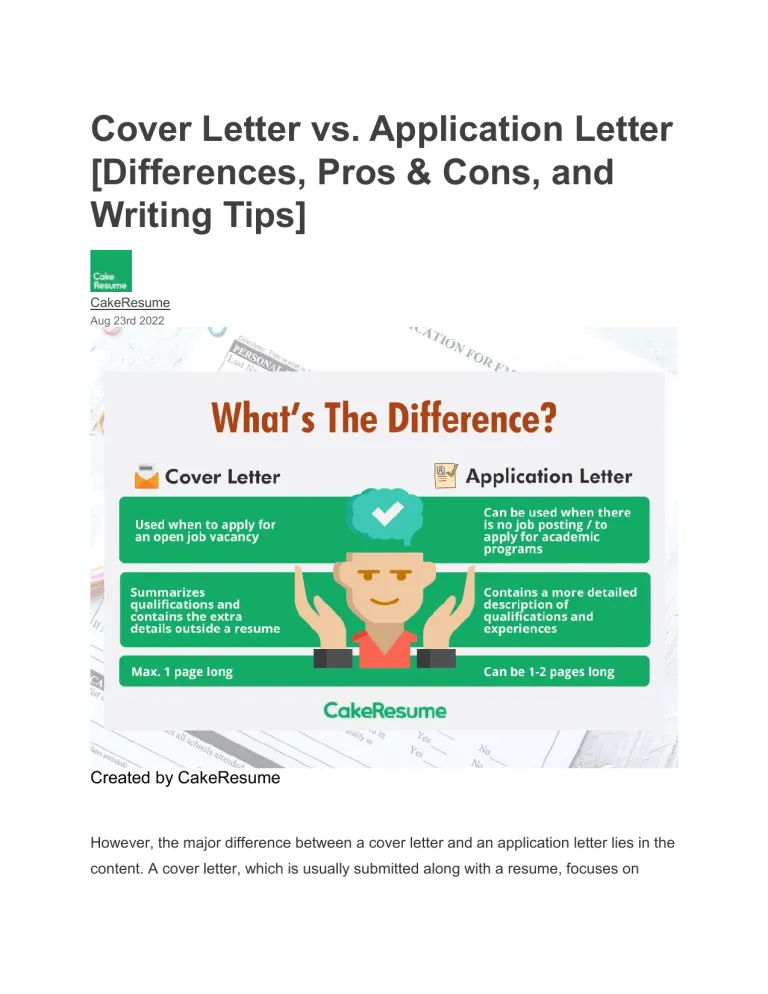Application Letter vs Cover Letter What Are They
In the world of job applications, understanding the nuances between an application letter and a cover letter is crucial. While both serve the purpose of introducing you to a potential employer, they have distinct characteristics and uses. Knowing when to use each, and how to craft them effectively, can significantly increase your chances of landing an interview and ultimately, the job. This guide will break down the differences, purposes, and best practices for both types of documents.
Application Letter Purpose
An application letter, often also referred to as a job application letter, is a formal document that you submit to express your interest in a specific job. Its primary purpose is to highlight your qualifications, skills, and experience relevant to the position you’re applying for. It’s a direct and focused communication that aims to persuade the hiring manager that you’re a strong candidate for the role. The application letter typically directly responds to the job requirements outlined in a job posting.
Cover Letter Purpose
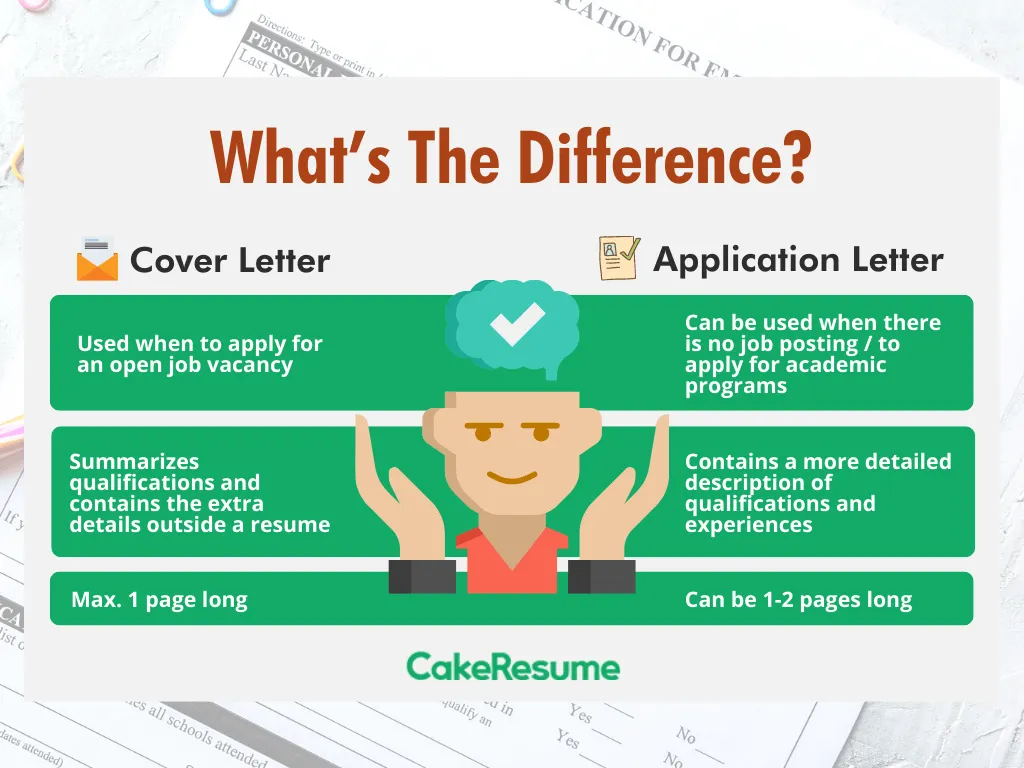
A cover letter, on the other hand, serves a more general purpose. It acts as an introduction to your resume and highlights the key aspects of your qualifications while also expressing your enthusiasm for the specific company or role. A cover letter can also be used when you are reaching out to a company about a potential opportunity even if there isn’t a specific job posting available. Cover letters aim to showcase your personality and communicate why you’re a good fit for the company culture. They often provide context to your resume, elaborating on specific achievements and how your skills align with the company’s needs.
Application Letter Key Elements
Application letters and cover letters, while serving different purposes, have common core elements. Structuring your document properly is vital to getting the information across correctly. Here are some of the key elements that are in an application letter.
Contact Information
At the top of your application letter, include your contact information, such as your name, address, phone number, and email address. This ensures that the hiring manager can easily reach you. Make sure the contact details are up to date and professional.
Opening Salutation
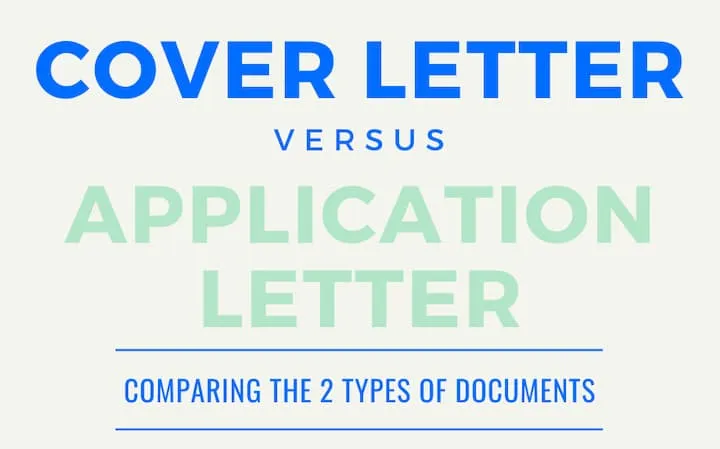
Begin your letter with a formal greeting, such as “Dear Mr./Ms./Mx. [Last Name],” if you know the hiring manager’s name. Otherwise, “Dear Hiring Manager” is a suitable alternative. Ensure that you address the hiring manager correctly.
Body Paragraphs
The body of your application letter should highlight your qualifications and experiences. Start by stating the position you are applying for and where you found the job posting. Then, detail your skills and experiences that align with the job requirements. Quantify your accomplishments whenever possible. Focus on how your skills and experience can benefit the company. Showcase your interest in the company and the specific role.
Closing and Signature
In your closing paragraph, reiterate your interest in the position and thank the hiring manager for their time and consideration. End with a professional closing, such as “Sincerely” or “Respectfully,” followed by your typed name. Include your signature if submitting a hard copy.
Cover Letter Key Elements
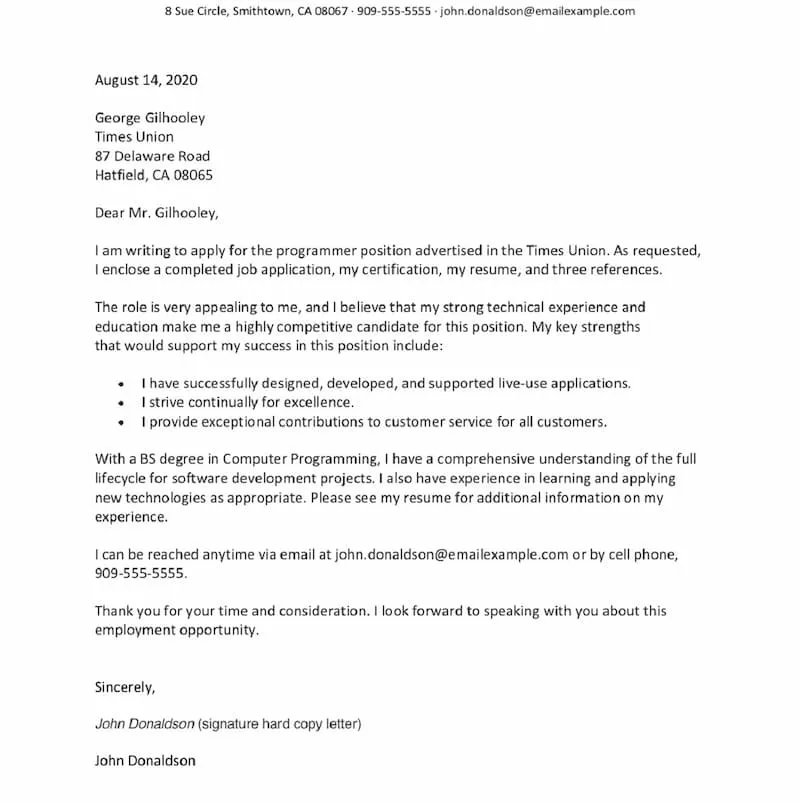
Cover letters follow a similar structure but with a different emphasis. The focus is on expressing your enthusiasm and providing context to your resume. Here are the key components.
Header
Include your contact information, along with the date and the employer’s contact information. This provides a professional appearance and makes it easy for the hiring manager to reach you.
Greeting
Address the hiring manager by name, if possible. If you don’t know the name, use a general greeting like “Dear Hiring Manager.” This personalized touch shows that you have done your research and are taking the time to address the company directly.
Body Paragraphs

The body of your cover letter should introduce yourself and explain why you’re interested in the role and the company. Highlight your relevant skills and experiences, providing specific examples of your accomplishments. Show how your skills align with the company’s needs and culture. Express your enthusiasm and explain why you want to work for the company. The goal is to give context to your resume and showcase your personality.
Closing and Signature
Conclude your cover letter by expressing your interest in an interview and thanking the hiring manager for their consideration. End with a professional closing, such as “Sincerely” or “Best regards,” followed by your typed name and signature if submitting a hard copy.
Application Letter vs Cover Letter Differences
Although they share some similarities, the application letter and cover letter have distinct differences. Understanding these differences will help you use them appropriately. The main differentiations can be seen in the areas of purpose and focus, content and structure, and tone and style.
Purpose and Focus
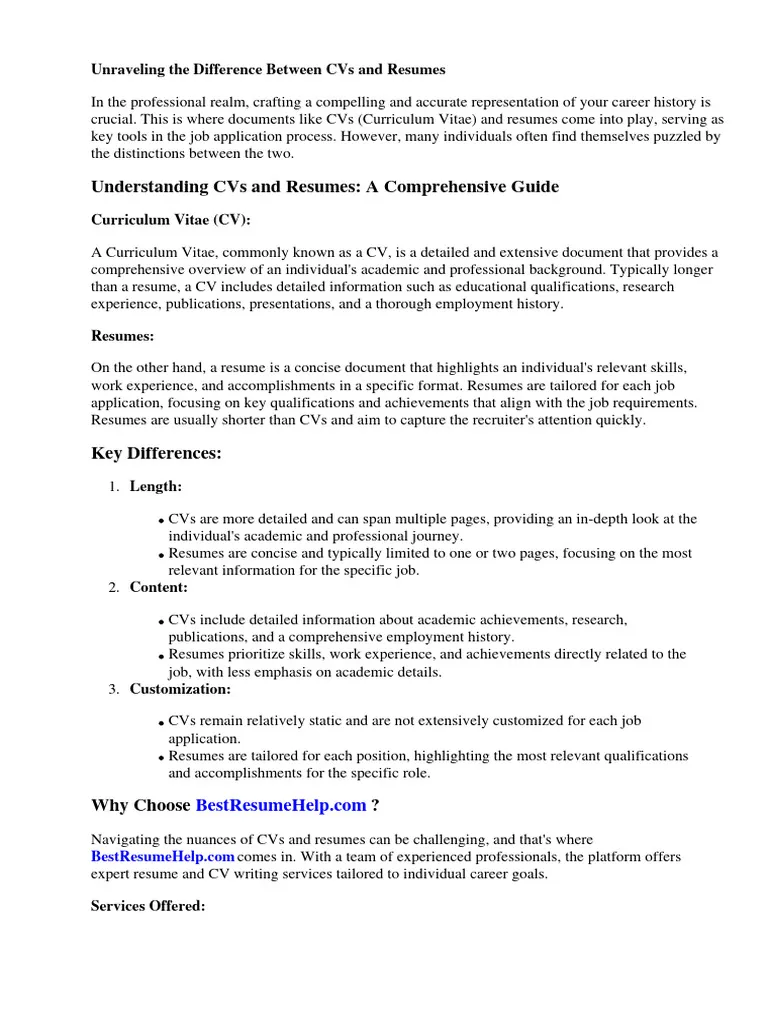
Application letters are primarily focused on addressing specific job requirements and highlighting qualifications related to the listed job description. Cover letters have a broader focus, aiming to introduce you, express interest, and provide context to your resume. Cover letters show how your experience and skills fit with the company.
Content and Structure
Application letters typically provide a direct and concise summary of your qualifications, experience, and skills, as they relate to the job posting. The content must follow the structure and the information that the employer is asking for. Cover letters offer a more narrative structure, allowing you to elaborate on your achievements and personality, and to connect your experience with the company’s needs.
Tone and Style
Application letters often adopt a formal and professional tone, focusing on facts and specific details. Cover letters allow for a more personal and enthusiastic tone, allowing you to showcase your personality and express your interest in the company.
When to Use an Application Letter
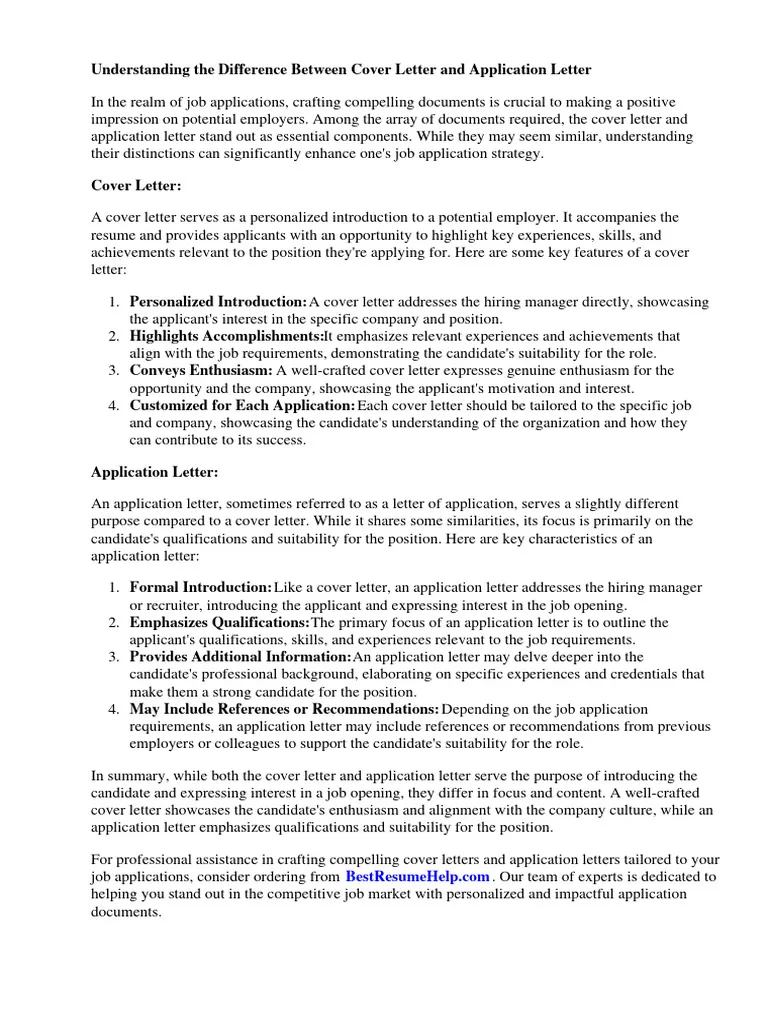
Knowing when to use each type of document is critical. Application letters are generally used in more specific situations. Here are the most common scenarios.
Job Applications
When you apply for a specific job posting, and the job advertisement requests a cover letter, it’s usually more appropriate to submit an application letter that directly responds to the listed requirements. Review the job description carefully and tailor your application letter to address each point.
Unsolicited Applications
When you are responding to a specific job listing, the hiring manager is looking for a document that addresses the requirements of the job. It will be more appropriate to directly respond to those requirements in the application letter rather than a more general cover letter.
When to Use a Cover Letter
Cover letters have their specific uses, especially when you want to give context to your resume and show how well you align with the company’s culture. Here are some of the scenarios where a cover letter is most effective.
Job Applications
When the job posting requests a cover letter, then it’s the appropriate document to submit. It’s especially helpful when you want to provide a narrative and highlight aspects of your skills and experiences. When you want to introduce yourself and express your enthusiasm for the company and the role, cover letters are great.
Networking and Introductions
If you’re reaching out to a company or individual to inquire about potential opportunities, a cover letter is an ideal tool. It allows you to introduce yourself, express your interest, and showcase your relevant skills and experiences.
Which One to Use Application Letter vs Cover Letter
Deciding whether to use an application letter or a cover letter depends on the situation. Assess the job requirements, and then consider the employer’s instructions. This is the best way to determine which document to use. Here’s a guide.
Assess the Job Requirements
Carefully review the job posting. Does the job description ask for a cover letter, application letter, or both? Note the requirements of the job application. If the job posting provides specific instructions, always follow them. This is the best way to get your application accepted.
Consider the Employer’s Instructions
If the job posting explicitly asks for an application letter, then prepare an application letter. If it asks for a cover letter, then write a cover letter. When in doubt, or if the posting requests both, use your judgment to determine which is more suitable. It’s often best to submit the required documents, or the documents that the employer is looking for.
Tailor Your Approach
Customize your application based on the specific requirements of the job and the information requested by the employer. Regardless of which document you choose, always tailor your letter to the specific company and position. Make sure that the tone and format are appropriate for the company culture and that you are writing the document well.
Tips for Writing Effective Letters
Whether you choose an application letter or a cover letter, follow these tips to write an effective document.
Research the Company
Before writing your letter, research the company and the role to understand their needs and values. Customize your letter to show how you can meet those needs and align with their culture. Tailor your response to the requirements of the employer.
Highlight Relevant Skills and Experiences
Focus on the skills and experiences that are most relevant to the job. Include specific examples of your accomplishments and quantify your achievements whenever possible. Tailor the letter to address the specific needs of the employer.
Proofread Carefully
Always proofread your letter for grammar, spelling, and punctuation errors. Ask someone else to review your letter before submitting it. Errors can damage your credibility and lessen your chances of getting a job.
Conclusion
Choosing between an application letter and a cover letter involves understanding their distinct purposes and knowing when to use each. Application letters are focused on addressing specific job requirements, while cover letters provide a broader introduction and context for your qualifications. By tailoring your approach and following best practices, you can increase your chances of making a positive impression on potential employers and securing your desired role. When in doubt, it’s always best to read the job description carefully and follow the instructions.
